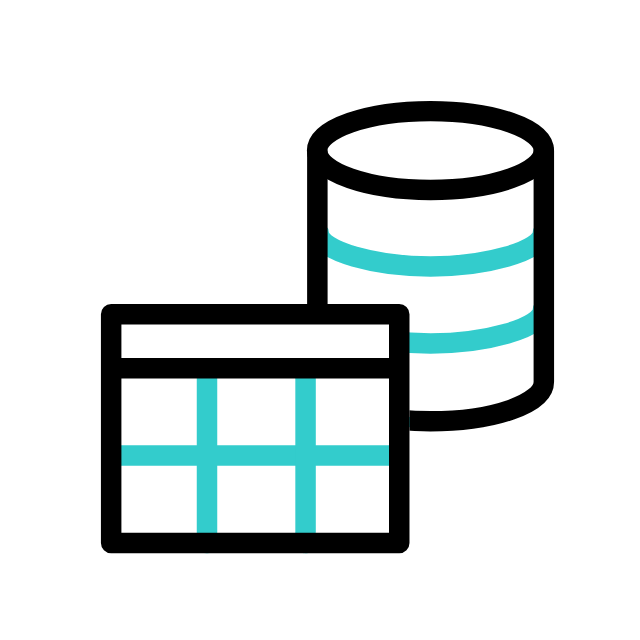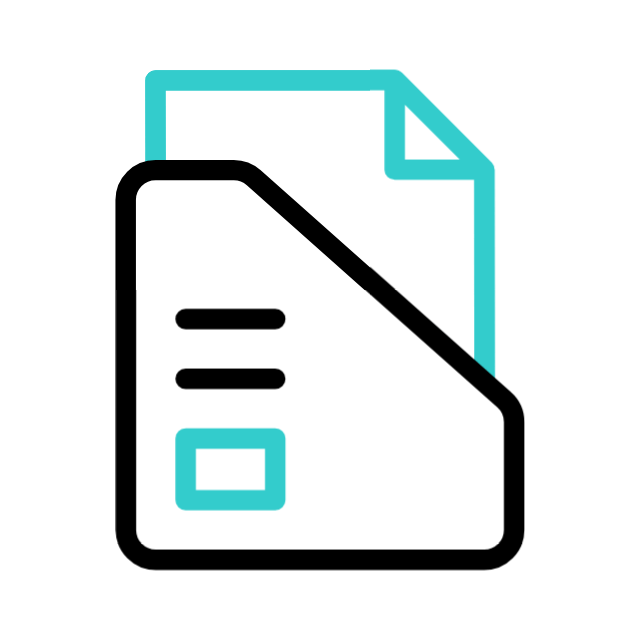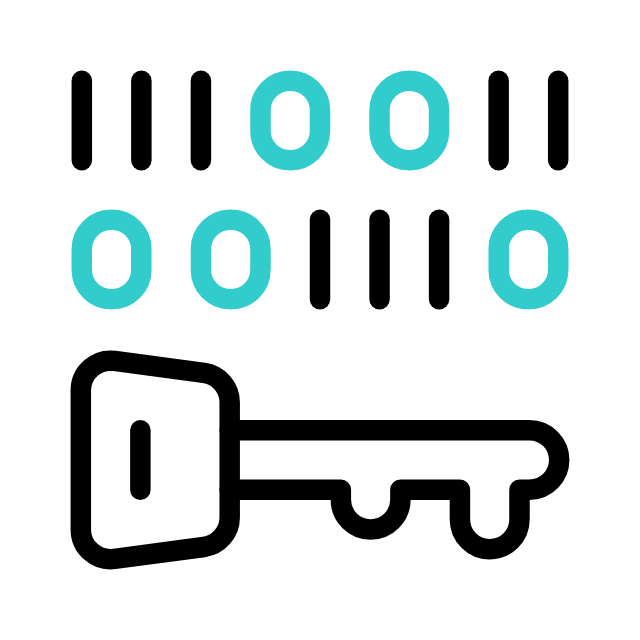The Evolution of Virtual Data Rooms

With the advent of the first computers at the end of the last century, businesses began to gradually abandon outdated physical data exchanging methods. At the moment, it is difficult to imagine how companies can manage without electronic data rooms since no physical storage can provide the same level of reliability and speed as VDR solutions.
Top Secure VDR Providers List
Ideals is a leading virtual data room platform with the most user-friendly interface and numerous security features. Known for its great customer service, the platform has live chat support round the clock, 8 levels of user permissions, desktop app sync, and custom branding. Ideals helps manage projects smoothly and get deals done most securely.
Ansarada provides a data room solution using AI to optimize deal workflows. Its tools organize data, automate reporting, and improve tracking efficiency. The platform has 4 levels of access controls, built-in redaction tools, and remote data wipes to protect sensitive data. Ansarada allows users to share any business information reliably.
Datasite has a cloud-based virtual data room for all the needs from M&A to complex project management. It has a flexible and efficient way to manage multiple workflows with AI-driven search and redaction, trackers, and Excel-based checklists. Datasite enforces strict data privacy policies, ensuring that personal data is processed following applicable laws and regulations and compliance with global standards.
DocuSign simplifies how businesses manage agreements and offers secure tools for real estate professionals and businesses - DocuSign Rooms for Real Estate. These tools provide a centralized platform to organize documents, complete transactions, obtain electronic signatures from any device, and generally streamline workflows while ensuring security.
FirmRoom is a cloud-based secure data room tailored to the financial sector, specifically for mergers and acquisitions. It simplifies due diligence with robust document management and safe file sharing. FirmRoom employs advanced online security measures, and key features include data tracking, analytics, audit trails, custom notifications, bulk invites, mass file uploads, and real-time activity monitoring.
DealRoom is a great service for handling complex financial processes, like M&A or due diligence. Its instruments allow managing multiple projects simultaneously without compromising on data security. DealRoom software ensures security through data encryption, customizable document permissions, two-factor authentication, dynamic watermarking, and compliance with security certificates.
Box provides a unified platform for secure collaboration, enabling teams to work efficiently from virtually anywhere. Its intuitive interface makes sharing files with internal and external stakeholders easy while keeping everything safe. Features like customizable watermarking and granular access controls protect IP and sensitive content so it’s a trusted tool for the entire business lifecycle.
CapLinked simplifies and secures business transactions through its intuitive, cloud-based virtual data room solution. Designed to handle everything from capital raises to asset sales, M&A, real estate deals to board reporting it has tools to make even the most complex processes easy. User-friendly with robust functionality, CapLinked is the solution for secure deal management and collaboration.
Table last update: December, 2024
The rating sources are: Capterra, G2.com, SoftwareAdvice.
But as technology has progressed, scamming and data theft techniques have become just as sophisticated. Virtual data rooms also began to improve their security using encryption, granular access controls, and user activity tracking. All these things are part of secure VDR and protect company data from attacks by third parties.
How to Choose the Right Secure Data Room (Without Getting Overwhelmed)

Choosing the Right Data Room Solution
Choosing the correct virtual data room provider is a big deal for your sensitive data to be secure and compliant. Here are the features and VDR security certifications that should be sought out:
- AES 256-bit data encryption method;
- Availability of two-factor authentication;
- Granular access control;
- Activity tracker;
- Certifications like ISO 27001 and SOC 2;
- Regulatory certifications like FINRA and HIPAA;
- Disaster recovery plans.
Try to choose such secure data room service providers that have all of the presented features and licenses, as well as before choosing to read customer reviews.
Mergers and Acquisitions: A Case Study in Virtual Data Room Usage

Perhaps the biggest challenge for companies is the mergers and acquisitions process. Since it is during this time that the company is most vulnerable and busy with work processes. But with VDR this process is greatly simplified.
Virtual data rooms play a vital role as they can ensure a secure process for exchanging confidential information and company documentation in a short time. This solution allows companies to no longer worry about the safety of data and also significantly reduces costs during M&A or due diligence. Let’s look at more practical examples and use existing VDR solutions to enable hypothetical companies to successfully complete M&A:
- Ideals. Consider a cross-border merger or acquisition between a US-based corporation and a European one. With secure data center solutions available in both countries and multi-language assistance, iDeals streamlines the process while guaranteeing compliance with legislation such as the CCPA and GDPR.
- Deal Room. Think about a complicated merger and acquisition deal where several teams and stakeholders from various companies are involved. DealRoom’s integrated platform makes sure that everyone has instant access to vital information, improves cooperation, and simplifies communication.
- Ansarada. A Silicon Valley startup partnering with an Asian software firm can streamline negotiations with Ansarada. Its robust security, granular permissions, and real-time audit trails ensure secure document sharing, while AI-powered tools and analytics simplify deal management for seamless global collaboration.
- Datasite. Imagine a private equity firm managing a cross-border M&A deal. Datasite’s virtual data room simplifies the process with AI-powered search, advanced redaction tools, and real-time deal analytics. Its secure document management and granular access controls ensure confidentiality, while detailed audit trails provide transparency.
M&A transactions, cybersecurity due diligence, private equity management, or venture investment processes may be carried out more safely, effectively, and openly by using VDRs, which will eventually result in quicker closing times and better results for all parties.
Securing Sensitive Information in a Digital Age
Keeping your company’s data secure starts with you and your actions and knowledge. Here are some helpful practices to improve your company’s data security:

- Limited access. Access to important files should be hierarchical. So that each employee uses the secure confidential documents necessary for work and no more.
- Educate Users. Educate your staff on safe password use and phishing awareness as well as other cybersecurity practices.
- Avoid Public Cloud Storage. Use private secure platforms rather than open cloud storage for a secure way to send documents.
- Stay Updated. To fix newly discovered vulnerabilities, make sure you often apply the most recent security updates to your data room platform and other digital tools.
If we talk about passive methods of protection, it is impossible not to remember encryption methods. This feature allows you to turn your confidential information into unreadable character sets that cannot be read in the event of a data leak. Only users with encryption keys can access such data. Thus, VDR security is ensured by double authentication, which makes it difficult for unauthorized persons to log into a corporate account. Since in order to log into an account, users need to not only know the password and login, but also enter the code from the account owner’s phone.
Big Data and VDRs: Handling Large-Scale Secure Transfers

Big data transfer security is a difficult problem. Large volumes of data, a variety of sources, and dynamic threats exceed conventional approaches. Homomorphic encryption enables safe analysis, tokenization protects privacy, and federated learning maintains decentralized data. Zero-trust checks each user, and blockchain provides tamper-proof monitoring.
If you are wondering what are the best practices to secure big data, it is employee education and data governance. You can unleash the potential of big data secure data transfer methods while ensuring its security by embracing innovation and taking preventative action.
Summary
In the current security environment, online data room and confidential information are an integral part of each other. Without security measures and protection protocols in data rooms, companies cannot exchange information securely and quickly. But companies should not always rely on such services instead, always improve security within the company by training employees, restricting access, and not forgetting to keep up with updates in the world of data security.








